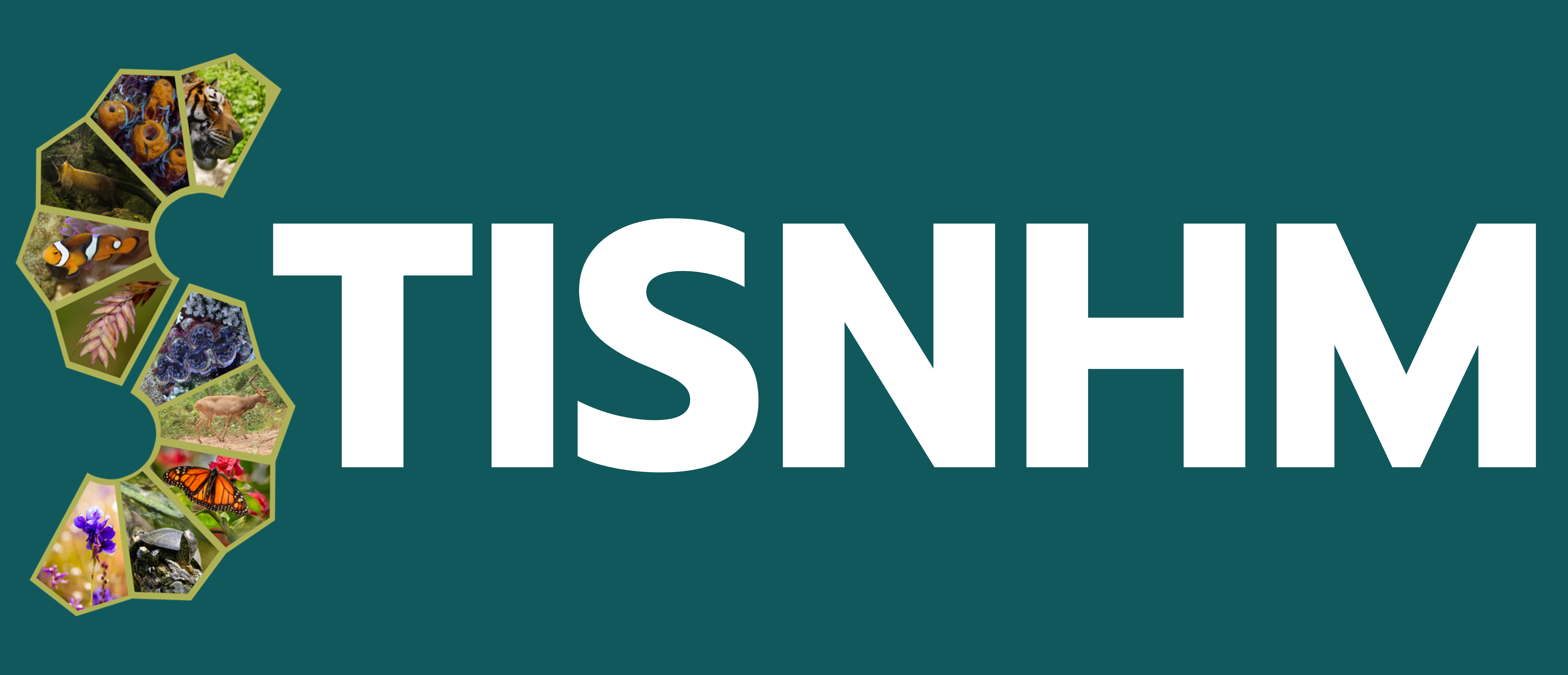- 26 views
Abstract
แอมฟิพอดเป็นสิ่งมีชีวิตที่มีความหลากชนิดสูงและมีแหล่งที่อยู่อาศัยที่หลากหลาย สามารถ พบได้ตั้งแต่แหล่งน้ำเค็ม น้ำกร่อย น้ำจืด และบนบก การศึกษาเบื้องต้นของความหลากชนิดของ แอมฟีพอดที่พบบริเวณปากแม่น้ำแม่กลอง อำเภออัมพวา จังหวัดสมุทรสงคราม ทำการเก็บตัวอย่างทั้งหมด 4 สถานี ในวันที่ 21 กุมภาพันธ์ 2564 และ 25 เมษายน 2564 ซึ่งครอบคลุมแหล่งอาศัยย่อย ได้แก่ ผักตบชวา สาหร่ายหางกระรอก เปลือกมะพร้าว กาบของต้นจาก ขอนไม้ และวัสดุลอยน้ำ ผลการศึกษาเบื้องต้น พบแอมฝีพอด 6 วงศ์ 8 ชนิดโดยชนิดที่พบอาศัยอยู่ในรากของผักตบชวา สาหร่ายหางกระรอก และวัสดุลอยน้ำ ได้แก่ Chelicorophium madrasensis, Grandidierellagilesi, Parhyale hawaiensis และ Quadrivisio meufong ชนิดที่อาศัยอยู่ภายในกาบต้นจากได้แก่4llorchestoides rosea และชนิดที่ยังระบุชื่อไม่ได้ 1 ชนิด โดย 4. rosea เป็นรายงานแรกในลุ่มน้ำแม่กลอง นอกจากนี้พบแอมฟีพอดที่อยู่ในเปลือกมะพร้าว รากไม้ และขอนไม้ ได้แก่ Floresorchestiasp.1 และ Floresorchestia sp.2 แอมฟีพอดที่พบในการศึกษาครั้งนี้มีรูปแบบการกระจายที่แดกต่างกัน โดยแอมฟิพอดส่วนใหญ่มีรายงานเฉพาะบริเวณอ่าวไทย อย่างไรก็ตามพบว่ามีแอมฟิฟอด 2 ชนิดคือ G. gilesi และ P. hawaiensis เป็นชนิดที่มีการแพร่กระจายได้เป็นวงกว้าง
Abstract
Amphipods are diverse in terms of species diversity and their habitats. They can inbabit salt-water, brackish water, freshwater and terrestrial environments. The preliminary study of amphipod diversity was carried out in the Mae Klong River Mouth, Amphawa District, Samut Songkhram Province and collected from four study sites on 21" February 2021 and 25" April 2021. Amphipod samples were from different microhabitats, including water hyacinth, Hydrilla, coconut husks, Nipa palm sheath, logs, and floating materials. A total of 8 species from 6 families were identified. The amphipod species, Chelicorophium madrasensis, Grandidierella gilesi, Parhyale hawaiensis and Quadrivisio meufong were found in the roots of water hyacinth, Hydrilla, and floating materials. In addition, Allorchestoides rosea and an unidentified dogielinotid, were found in the Nipa palm sheath in which A. rosea was the first record of the Mae Klong Basin. Moreover, Floresorchestia sp.1 and Floresorchestia sp.2, were found in the coconut husks, roots, and logs. The amphipods found in this study showed different distribution patters. Most of them are endemic to the Gulf of Thailand. However, G. gilesi and P. hawaiensis are widespread species.
